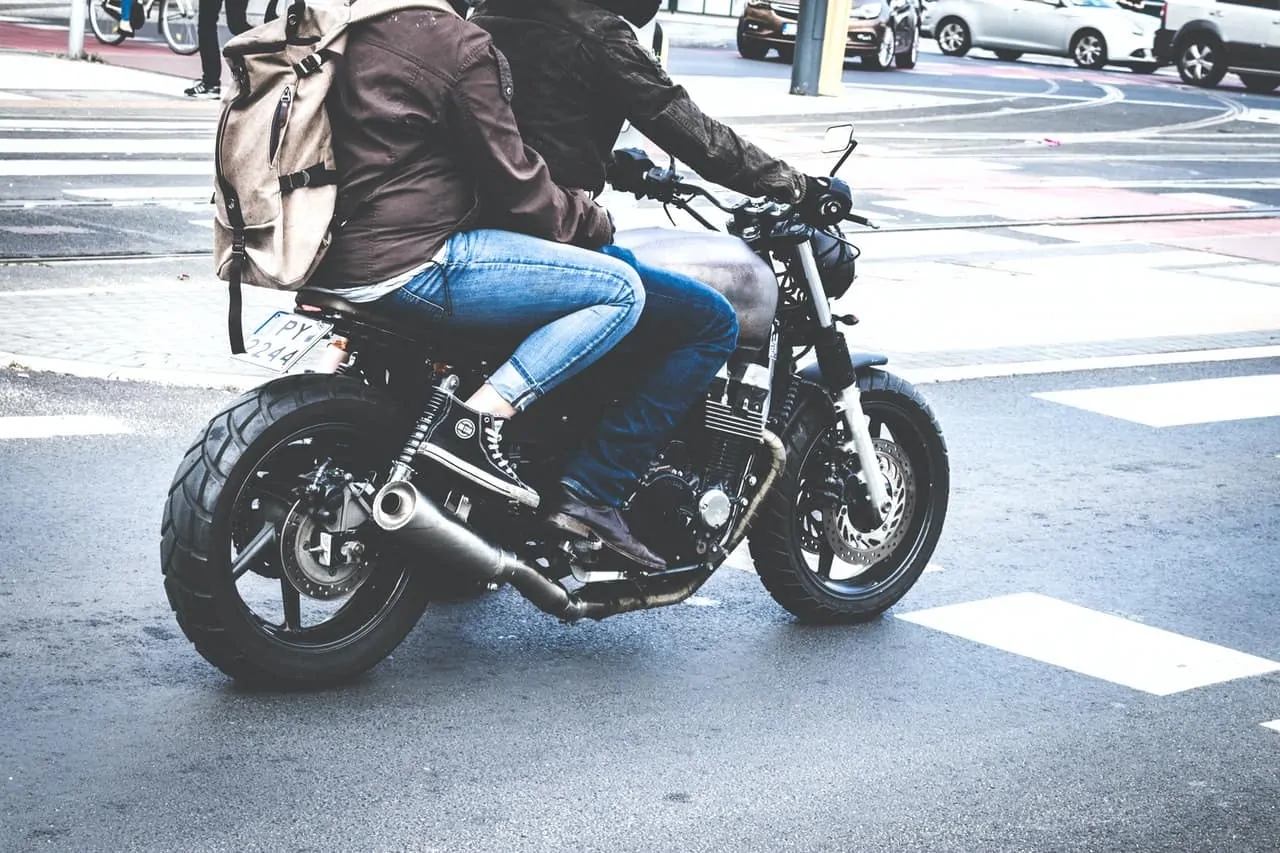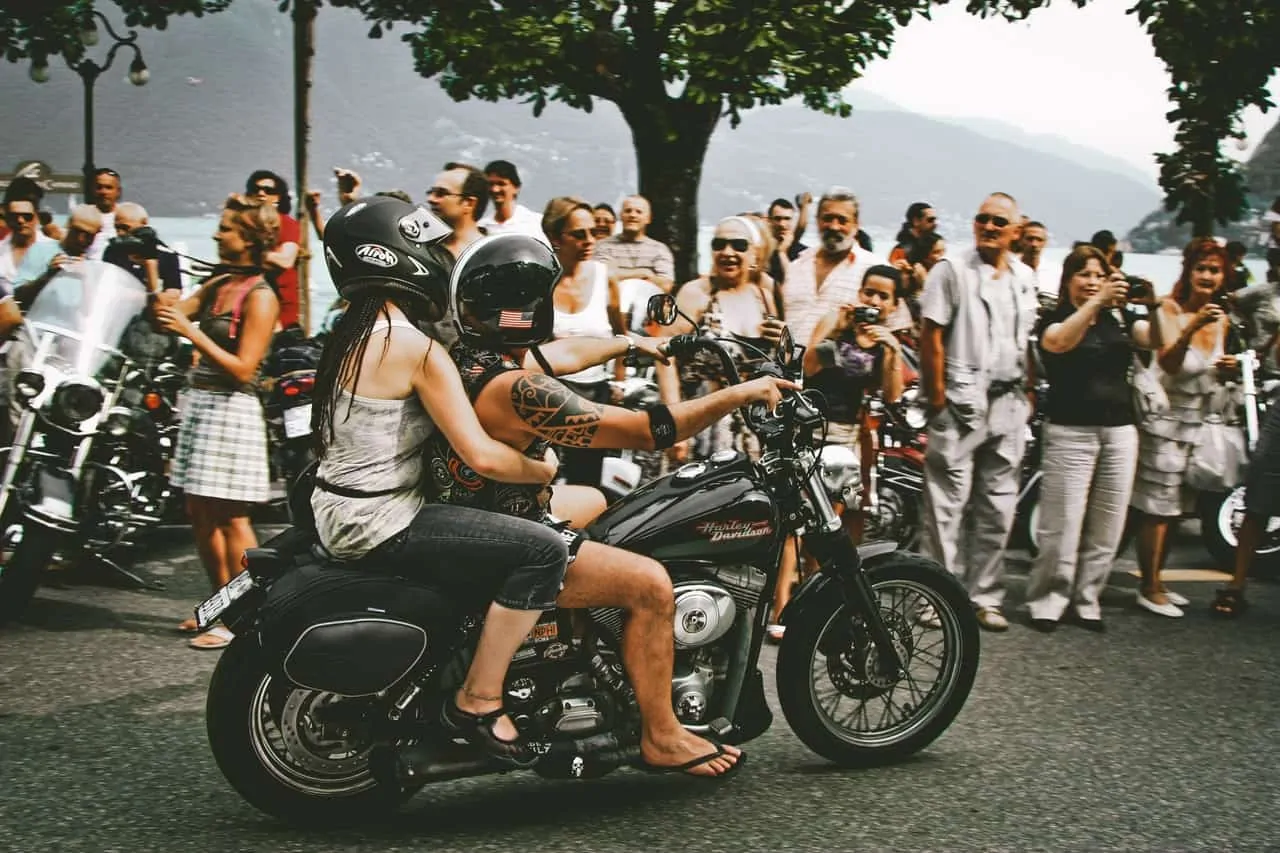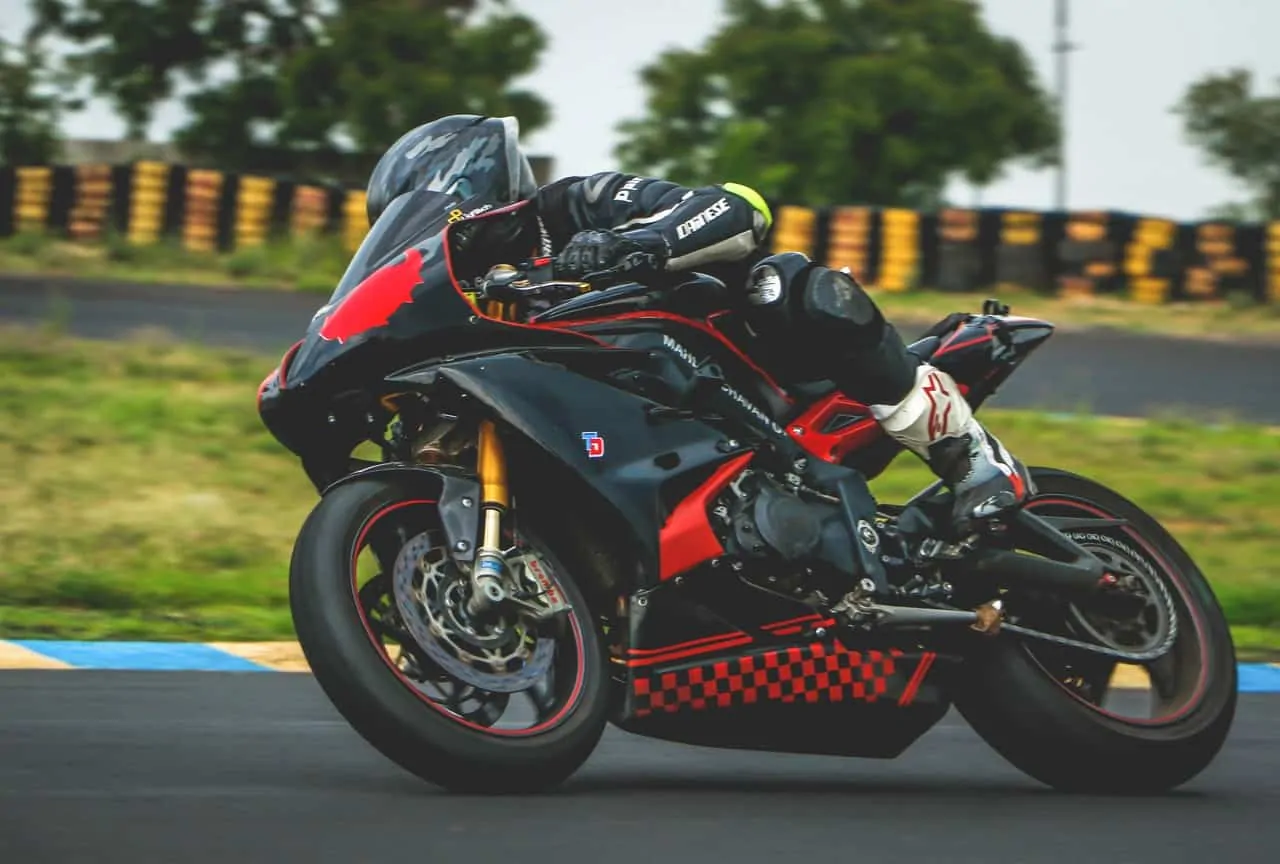There are different riding positions to cater to different driving styles. These positions alter the center of gravity of the rider and greatly impacts the way one can maneuver his motorcycle.
The different riding positions are named after the type of motorcycle you are riding. The best motorcycle riding positions include:
- Standard or neutral position
- Cruiser or relaxed position
- Sport position
The proper posture must be followed in order to reduce accidents and back pains. They are also designed for you to have full control over the motorcycle.
Breakdown of Best Riding Positions
Standard Riding Position
This position is marked by an upright back. The shoulders must be stacked over the hips. The shoulders are slightly pushed back so that they are relaxed. This prevents the rider from becoming hunched over the handlebars so that there will still be full control over steering.

Pros
The standard position is perfect if you have a dual or touring motorcycle. It is the best posture to gives you maximum control over maneuvering your motorcycle.
This posture is flexible enough to be used for sports bikes, too. That’s because it is deemed as a “neutral” position that can be used for different models of motorcycles.
It caters to almost all types of body shapes and sizes. As such, it helps eliminate joint stress and muscle fatigue for every rider.
The hands are positioned at a lower level than the elbows so they allow better blood circulation throughout the body. Blood circulation is the key to preventing muscle stress and fatigue. That’s also why this position is best for long road trips.
Cons
This position may be difficult to master, especially for beginners. The handlebars are positioned low but you are not allowed to hunch over so it can be a tricky posture to master. The first few times you do this will inevitably strain your arms as you strive to keep your elbows bent.
This position also requires a few motorcycle adjustments just so you can carry out the correct form. You may need to raise the seat and lower the handlebars, depending on your torso length and overall height.

Cruiser Or Relaxed Position
This position requires you to stretch your legs forward on the foot peg. The handlebars are located higher than normal because of the trademark “ape style” shape of most cruiser models.
Pros
The reason why this is called the relaxed position is that it helps your entire upper body relax, even on long road trips. The extended legs take off the strain from your torso so you’re allowed to be less rigid.
Since the legs do all the work, this position is good for those with back issues as it has a very low likelihood of causing lower back muscle strains.
Cons
The exaggerated elevation of the handlebars may be uncomfortable for long runs. It requires you to elevate your forearms and place them above your elbows which might limit blood circulation and cause muscle fatigue.
This position also has user limitations. If you have extremely short arms, this will be unsafe for you to drive for hours on end.
The extended leg posture should be kept slightly bent so that you can easily access the levers for shifting gears. This particular position can be uncomfortable for some. You shouldn’t fully relax your legs because you can experience locked joints.
This position may also make it difficult for you to balance your motorcycle. Some riders report that it is not easy to swiftly stick out both legs to balance the motorcycles.
Sport Position
The best way to describe this position is to picture the rider positions of the ones in MotoGP. It is a tucked position where the upper body is leaning forward while the legs are elevated and bent at the back.
Keep your back straight and your chest out. Lean forward from your chest instead of from your back so that you can let your shoulders hang back. This posture will prevent back pains in the long run.

Pros
This position is very aerodynamic. It reduces drag so it is the best position for riding at high speeds. It also allows you superior control over your motorcycle while you are speeding very fast. It is the best position for professional motorcycle racing.
Another pro is how this causes little to no back strain, especially if done correctly. You can place your weight on your legs so that your upper body will be more relaxed.
Cons
This is only best for shorter rides. The position is uncomfortable and unsafe for longer road trips.
Tips For Maintaining The Proper Posture
If you are new to implementing these different motorcycle postures, you might face some difficulties with maintaining them for long periods of time.
Be Mindful Of Your Back
Make an effort to keep your back in the right place. That means your spine should be in the proper posture and the weight distribution should feel comfortable. One trick to make your body used to these postures is by maintaining the postures even when you are not riding. Keep your back straight during mundane activities like walking around or lounging.
Whenever you are slouching, make an effort to revert the posture into the correct one. You should also avoid raising your shoulders over your ears as that will result in a curved back. Avoid putting a lot of pressure on your lower back.
The incorrect posture will tighten your muscles on your shoulders, lower back, and torso. Stiff muscles in such areas will make it hard for you to be flexible enough for some motorcycle postures. Consistency is key in maintaining postures which is why it is important to be mindful of your posture at all times.
Stay Relaxed
Even if you manage to do the correct posture, it will still be uncomfortable if your muscles are too stiff and are tightly wound. Keep your body relaxed. Don’t overthink every joint positioning while following the recommended body posture. Whenever you are stuck in traffic or waiting for a red light to turn green, take advantage of that little break to stretch your muscles, like your back, ankles, and wrists. This will prevent the onset of muscle stiffness and fatigue.
Check Your Motorcycle Settings
Make sure the motorcycle is in the correct settings to support the different riding postures. The correct settings will prevent body pain in the long run. Make sure to adjust the seat height, the angle of the handlebars, and the footrests. They should be customized to fit your body since not everyone has the same torso length and height.
